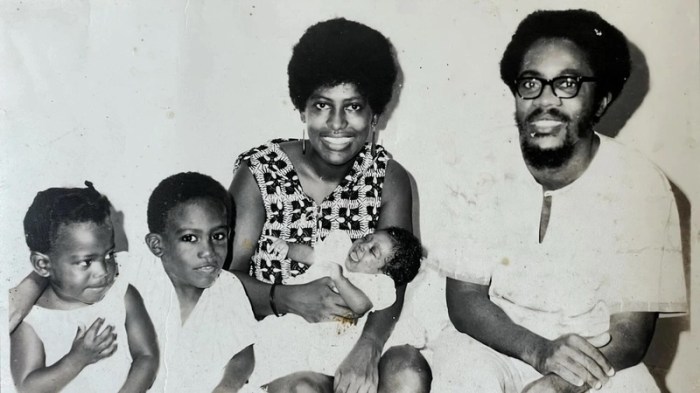A new Pan American Health Organization (PAHO) report says about 65,000 people take their own lives in the Americas, including the Caribbean, each year—more than seven per hour.
The report, “Suicide Mortality in the Americas,” is based on data from 48 countries and territories in the Western Hemisphere.
It shows that suicide is a significant health problem and one of the region’s leading preventable causes of death.
“Many things about suicide make it especially tragic,” said PAHO Dominican-born director Dr. Carissa F. Etienne.
“The severe emotional suffering of the one who takes his life; the feelings of loss, abandonment or guilt of family members and friends left behind; and it is so permanent yet many times for problems which can be solved,” she added.
“But, to a large extent, suicide is preventable,” Dr. Etienne continued. “Research has shown that reducing access to the most common means like fire arms pesticides, and certain medicine helps lessen suicides.”
Region-wide, PAHO said the Americas has a lower average suicide rate (7.3 per 100,000 inhabitants) than the global average (11.4 per 100,000) and lower than other World Health Organization (WHO) regions.
Within the Americas, however, PAHO said rates vary significantly in different countries, as well as by age and sex.
Among sub-regions, it said North America and the non-Hispanic Caribbean have the highest suicide rates.
PAHO said men have higher rates than women in all the region’s countries. And among age groups, people over age 70 have the highest suicide rates.
Other significant findings of the new report include: Suicide is the third-leading cause of death in young people ages 10 to 24; adults over age 70 are the most likely to die from suicide; men are about 4 times more likely than women to die from suicide, although women make more suicide attempts; and the most common method of suicide in the region is suffocation, including hanging, followed by firearms and poisoning (including drug overdose and pesticide ingestion.
The report says suicide declined slightly in North America between 2005 and 2009 but increased in Latin America and the Caribbean.
It says that countries in the region with the highest suicide rates for 2005-2009 were: Guyana (26.2 per 100,000); Suriname (23.3); Uruguay (14.2); Chile (11.2); Trinidad and Tobago (10.7); the United States (10.1); Cuba (9.9) and Canada (9.7).
The report notes that these and other findings should be interpreted with caution, since data quality varies significantly across countries.
In addition, it says cultural, religious and even legal factors lead to underreporting of suicide in many countries, which suggests the report likely underestimates the real burden of suicide in the Americas.
The report also notes that there is a strong link between suicide and mental health problems; research suggests that mental illness is a factor in as many as 90 percent of all suicides.
The report recommends that countries evaluate their mental health systems to determine if they have the programs, services, and resources to prevent and treat problems associated with suicidal behavior.
“We need to detect early and treat mental disorders like depression and alcohol abuse,” Etienne said. “In our communities and in our primary care services, we must identify, monitor and provide care for those at risk.
“We must be especially vigilant for those with previous attempts. But preventing suicide is not just the responsibility of health care workers; communities, families, churches, and social groups must become involved,” she added.






















